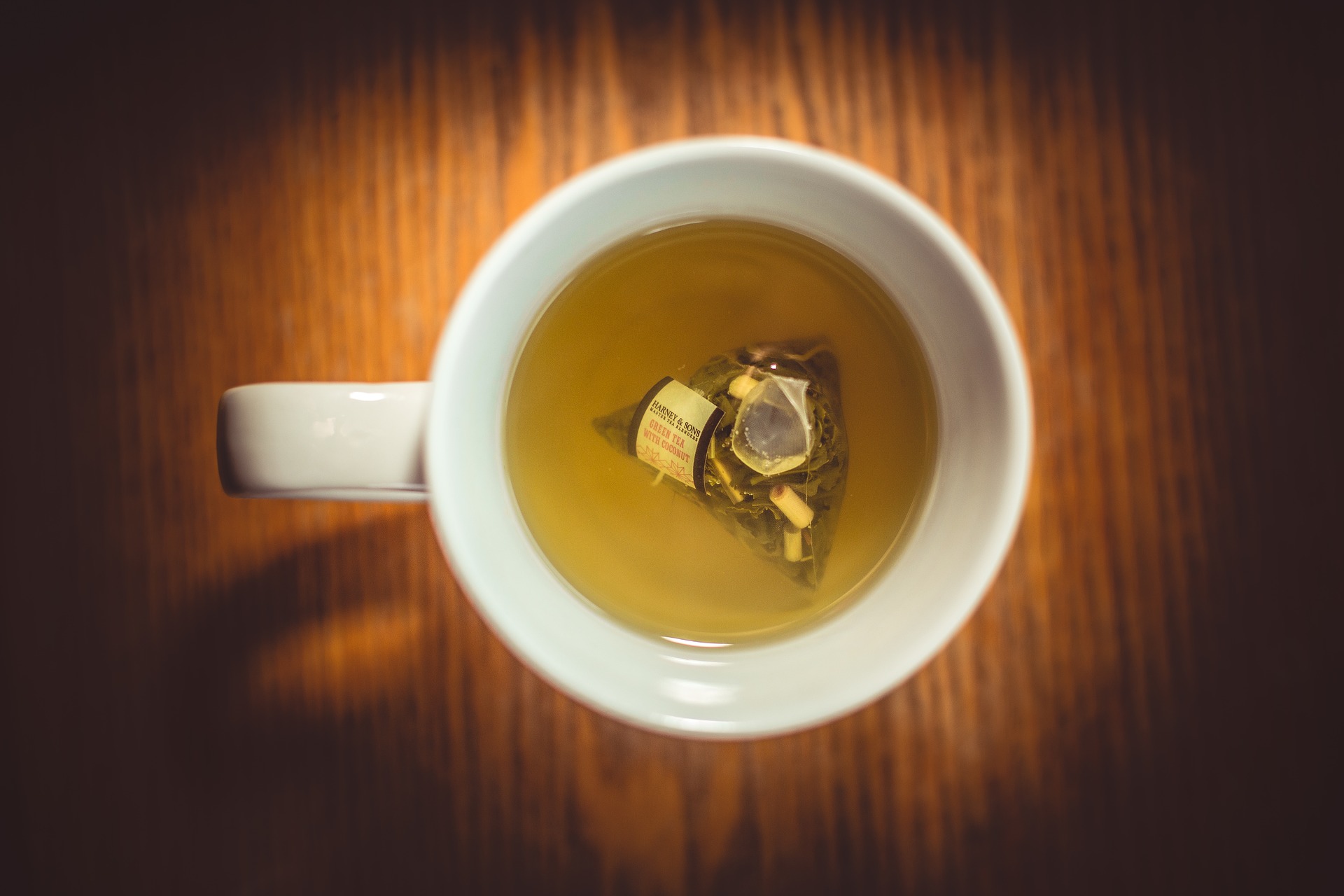Looking to get the most bang for your buck when it comes to tea? Re-steeping is where it is at! In this post, I’ll be sharing everything that you need to know about re-steeping including best practices and tips for which types of tea will work best. You might just be surprised at how much flavor a small amount of leaves can give.
How Does Re-steeping Work?
At its most basic, re-steeping requires setting the strained leaves and setting them aside until you are ready for a second cup or teapot. Tea contains a variety of water-soluble substances ranging from polyphenols to aroma compounds. These are what give tea the variety of flavors that we all enjoy.
Tea leaves should be completely removed from the water in between steeps to avoid bitterness. The one exception to that would be if you are doing bowl brewing or grandpa style. I recommend basket-style infusers because they make it easy to strain the leaves while still giving them room to expand. If your leaves are floating loose in a teapot, it’s best to have a second vessel of the same size handy.
Every tea is a bit different when it comes to the best water temperature and how long they should be steeped. Re-steeps can generally follow similar brewing parameters as your first infusion. Adding an extra minute or so to the steep time for each subsequent infusion can help maintain a consistently strong flavor. Steamed green teas like sencha often benefit from very short second and third infusions to prevent excess bitterness.
How Many Infusions Can You Get?
Most quality loose-leaf teas will yield 2-3 infusions when brewed in a Western fashion, sometimes more. There is sometimes an overemphasis on the number of infusions possible, especially among those who brew gongfu style. This is mostly marketing. Some teas, like Wuyi oolongs, just don’t yield as much as others. It doesn’t necessarily make them bad.
Taste is subjective, but time and experience will help you to learn your own preferred sweet spot. Infuse the leaves until you feel that there is no flavor left. The best stopping point should be just before that fall-off of flavor happens. I sometimes find myself continuing to sip even after leaves are done because there can still be a pleasant sweetness left behind. In my experience, green teas give the least amount of infusions while oolong teas tend to give the most.
Gongfu
Gongfu is the ultimate way to re-steep your tea. Some puerh and oolong teas can brew up to 10+ rounds. A small vessel (such as a gaiwan or yixing clay teapot) and a high leaf-to-water volume ratio are used to allow for multiple concentrated infusions. The goal is to emphasize and draw out the aromas of the tea. Brewing this way also makes it easier to notice subtle changes in flavor notes as the session progresses.

How long can I let the leaves sit? Can they be brewed the next day?
I recommend re-steeping your tea leaves within a few hours. Tea that is left out longer than that should be discarded. Basic food safety rules and common sense come into play here. Moist tea leaves are an excellent breeding ground for mold and bacteria. As heartbreaking as it is to throw out seemingly good tea leaves, it just isn’t worth the risk. Tea leaves that are left to sit out for a long time will dry out and oxidize so the taste will suffer as well.
If I’m not able to re-steep within a short period, I’ll make a batch of cold-brewed iced tea instead. Just throw the leaves into a mason jar full of filtered cold water and place it in the refrigerator for about 6-8 hours. You’ll have a smooth and tasty iced tea to enjoy. Oolongs work especially well for this method.

Flavored teas
Most flavored teas are created by adding extracts, essential oils, and other agents. You might also see inclusions such as dried fruit or even candy pieces. These are mostly added for visual effects. Some teas, like Jasmine, are scented by layering tea leaves with flowers until they absorb the fragrance of the blooms. When drinking these types of teas, it is important to remember that most of the flavor will be extracted in the first infusion. Nothing is stopping you from making another brew, but don’t expect it to have the same strength and body as your first cuppa.
Tea Bags
Tea bags are usually a one-shot deal. This is because they are designed for speed and convenience. The most common style of tea used is what is called CTC (Crush, Tear, Curl). During processing the leaves pass through rollers covered in sharp teeth which cut and roll them into small and even pellets. The resulting tea has more surface area coming into contact with the water, extracting color and flavor more quickly.
The good news is that not all tea bags are created equal. Many companies offer roomier pyramid-style bags that are filled with beautiful whole leaves. These can often yield just as many infusions as their loose-leaf counterparts. Look for ones that are made out of cotton or other natural materials rather than nylon.
What did you find challenging about re-steeping when you first got into tea? Which teas tend to work the best for you? I’d to hear your thoughts in the comments below!
This post was originally published on November 16th, 2015. It was revised and updated on November 6th, 2023.
Help Support This Site

Support my work in tea by joining my Patreon community. For $2-$5 a month you’ll receive access to exclusive behind-the-scenes content, my private Discord server, surprise quarterly packages, and more!

I started with flavored loose leaf and found most you can get at least one resteep from them, hot or cold brewed. It depends on the tea. I agree about the tea bags though.